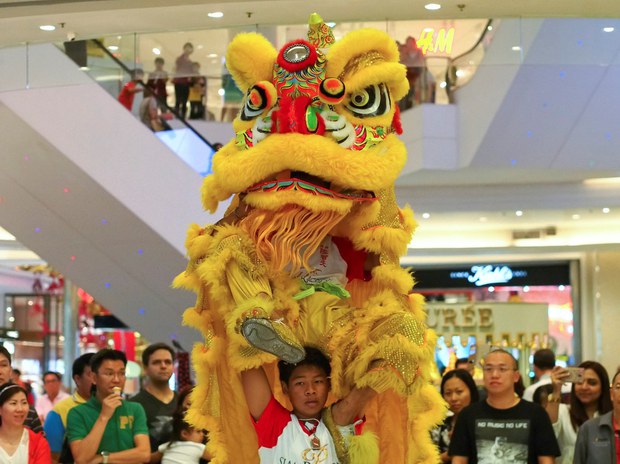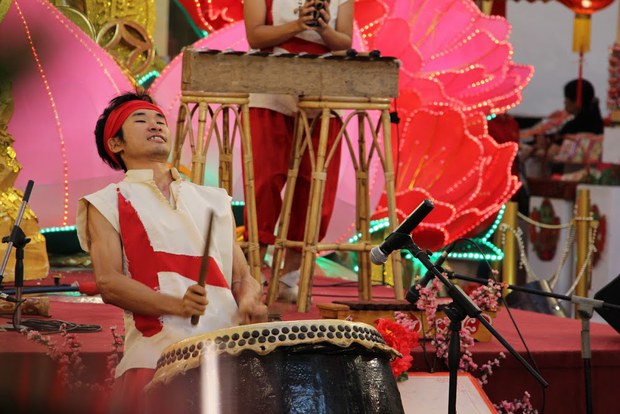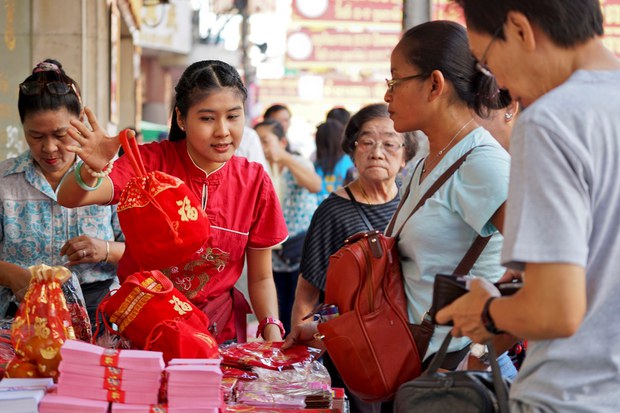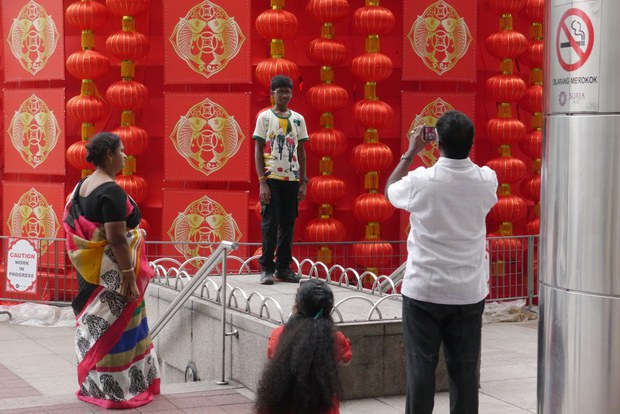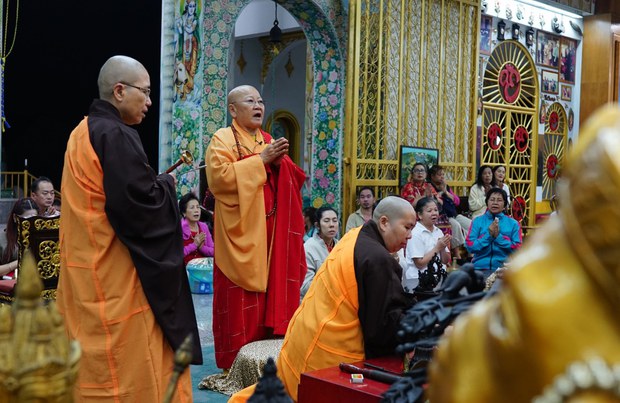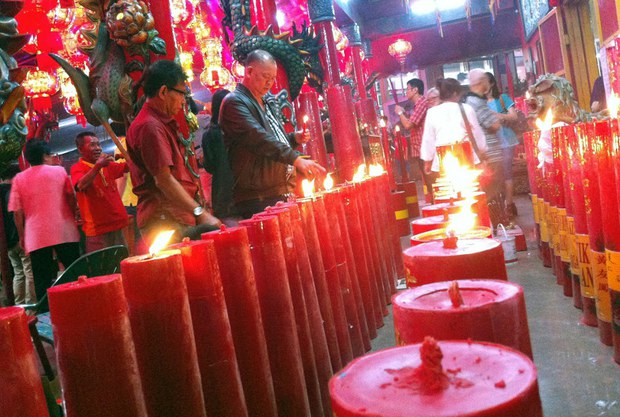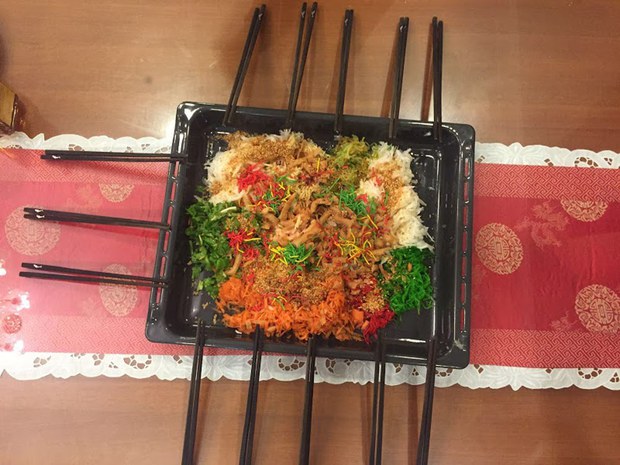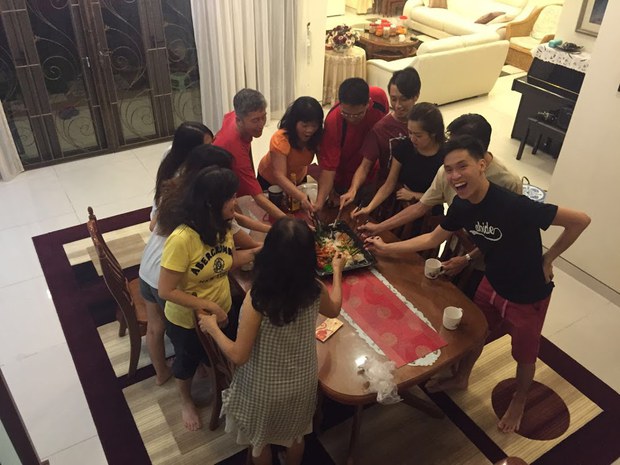Year of The Monkey Arrives
2016.02.08
Ancient Chinese celebrated the “Spring Festival” for more than a few millennia before it became better known as the Chinese New Year.
The celebration normally spans three days. Across Southeast Asia, Chinese and non-Chinese turned out in droves to usher in the Year of the Monkey.
In Thailand, more than 9 million descendants of Chinese who started migrating to the then Kingdom of Siam nearly three centuries ago, celebrated their cultural heritage nationwide, starting on Feb. 7.
The most popular Chinese community in Thailand is in Bangkok’s Yaowaraj neighborhood (the so-called China town), where food lovers can enjoy a wide array of Chinese cuisine.
Thai Princess Sirindhorn is a usual guest of the Chinese community when the lunar new year rolls around. She presided over Yaowaraj’s New Year fair, which also coincides with the 40-year celebration of Thailand’s relationship with China.
In Malaysia, families from the ethnic Chinese minority reunited to share Yee sang, a dish traditionally served during new year celebrations.
And in Indonesia, ethnic Chinese flocked to the Jin De Yuan Temple, known as Dharma Sakti Vihara, in Glodok, Central Jakarta. The oldest temple in Jakarta, the Dharma Sakti Vihara attracts many worshippers and tourists alike.
Even though fire damaged the mid-17th century the temple last March, worshipers were excited to attend festivities inside while people gathered outside waiting for angpao, cash-gift envelopes that Chinese people give away as part of their new year’s tradition.








